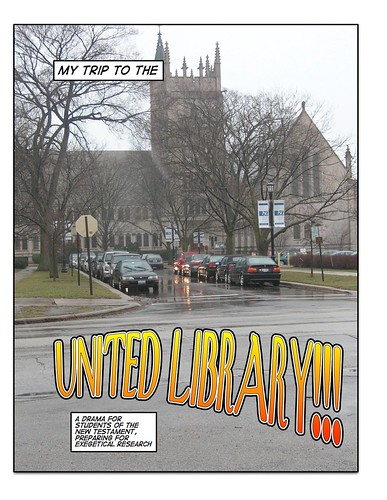Margaret and I have been fans of Michael Bérubé for ages; I especially remember an article of his in the Village Voice from around the year 1990, in which he offers a clear-sighted perspective on the effects of “postmodernism“ etc. on the well-being of Western Civilization. Margaret, in turn, read Life As We Know It with enthusiastic appreciation; we gave copies to several people, and we have an extra copy on hand right now, waiting for someone who seems to need it.
When Bérubé started blogging, I added him to my bookmarks right away, and someday I’ll get around to blogrolling him (though I maintain a consistent track record for sluggishness in modifying my blogroll). I knew a moment of delight when he left a comment a few months ago (he was gently correcting my recollection of his institutional affiliation).
All that is background for my presenting the following two links to posts that describe ways that Michael’s son Jamie has been learning since Michael wrote Life As We Know It. These stories encourage us to remember how much more expansively people are ready to learn than even encouraging, loving supporters such as Jamie’s dad necessarily imagine — and Margaret’s and my experience amply confirms the anecdotal evidence that these posts provide.
Not only will people always surprise you by their hunger and capacity to learn, but their learning frequently (I’m tempted to say “always”) depends for its quality on their desire to learn. Again, my experience confirms this, as a learner and teacher and as a home-school dad. Few things stick with me from high school as well as the probability theory I taught myself, the soliliquies I memorized walking to and from school, the basics of international relations, organizational politics, and diplomacy that I learned in Student United Nations and the Strategic Gaming club. We grounded our approach to teaching Nate, Si, and Pippa on that premise; I’ve wished any number of times I could teach seminarians that way (and I’m always looking for ways to approximate that more closely). I don’t think we should abolish schools and classes in favor of un-organized general learning, but it would take a lot to convince me that the goal of learning is best served by the assembly-line, compartmentalized structure that institutional education has taken in the U.S. and its sphere of influence.
By all means, let’s support teachers. They [we] need all the help they can get. And let’s remember that learning doesn’t depend on teachers, but teachers contribute to, enhance, enrich, catalyze, provoke learning in vital ways, and they [we] do so best when all of us devote deliberate energy and respect to the ideal of learning, continually, deeply, in company with other eager learners. When we consign “teaching” and “learning” to factory schools and limited, scheduled hours, we impoverish everyone affected by our culture (but especially the people hungriest to learn).
Jamie teaches us that’s another Paul we can’t afford to forget.




